8 stunning spring wildlife viewing opportunities in the US
Spring brings migration, nesting and the end of hibernation for some of the country’s most beautiful wild animals
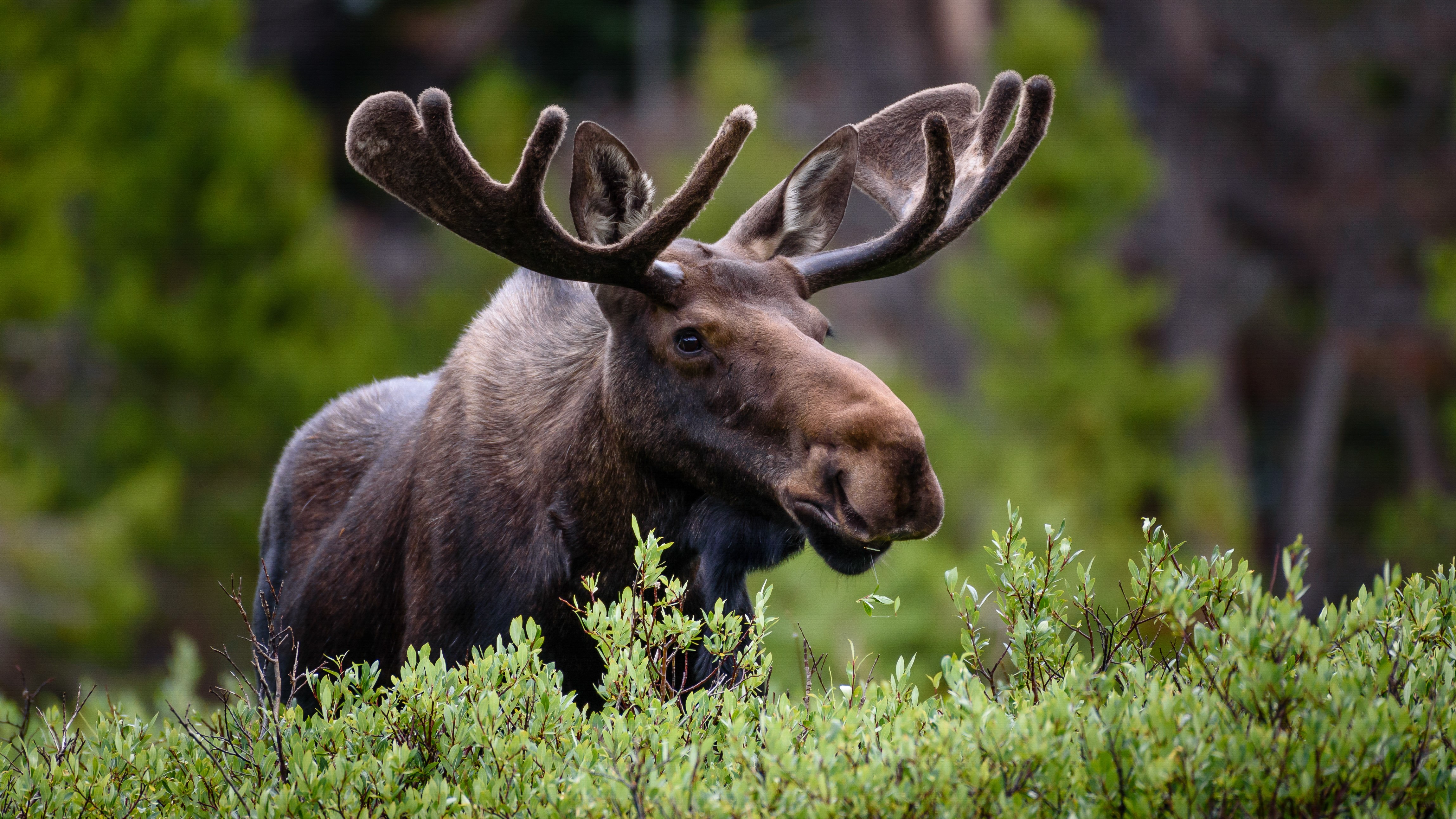
As winter’s cold clutches ebb away, nature begins to awaken after its long slumber. The snow starts to melt, the days lengthen and from the budding of the trees to the call of the birds, the natural world suddenly feels alive. Between migration, nesting and the end of hibernation, spring is one of the most exciting times to view wildlife, especially in the US with its diversity of ecosystems.
If viewing wildlife for you is a big draw when it comes to donning your hiking boots and hitting the trail, you’re going to want to take advantage of the season of renewal. With birds returning from their holidays in the sun, bears waking up and alligators mating, spring can mean you’ll experience some of the most stunning displays of wildlife behavior of the year. Grab your best binoculars and don’t forget to follow the principles of wildlife safety when it comes to viewing these animals in the wild.
1. Bears

Though bears don’t technically hibernate in the winter, they do enter into a state of torpor to power down their metabolism and survive the snowy months when food availability is low, which means you won’t see much of them in winter. Once the milder weather arrives, however, bears are able to find more plentiful food in the wild and will come creeping out of their winter dens ready to feast.
If you’re hiking in bear country, both black and grizzly bears will start waking up any time from mid-March to mid-June, depending on how far north you are, and while this may be a great time to catch them ambling through the forest, it’s equally important to carry bear spray and keep your food and scented items packed away securely.
2. Alligators

Down in Florida, the presence of alligators adds a whole new level of excitement to hiking in Everglades National Park and Big Cypress National Preserve. Though alligators live here year-round and don’t go into hibernation, spring is mating season for alligators and during this time, male alligators can be observed blowing bubbles and slapping their heads on the water to try to get females attention. If you’re heading south, read up on what to do if you see an alligator to ensure you’re prepared to avoid prehistoric snapping jaws.
3. Marmots
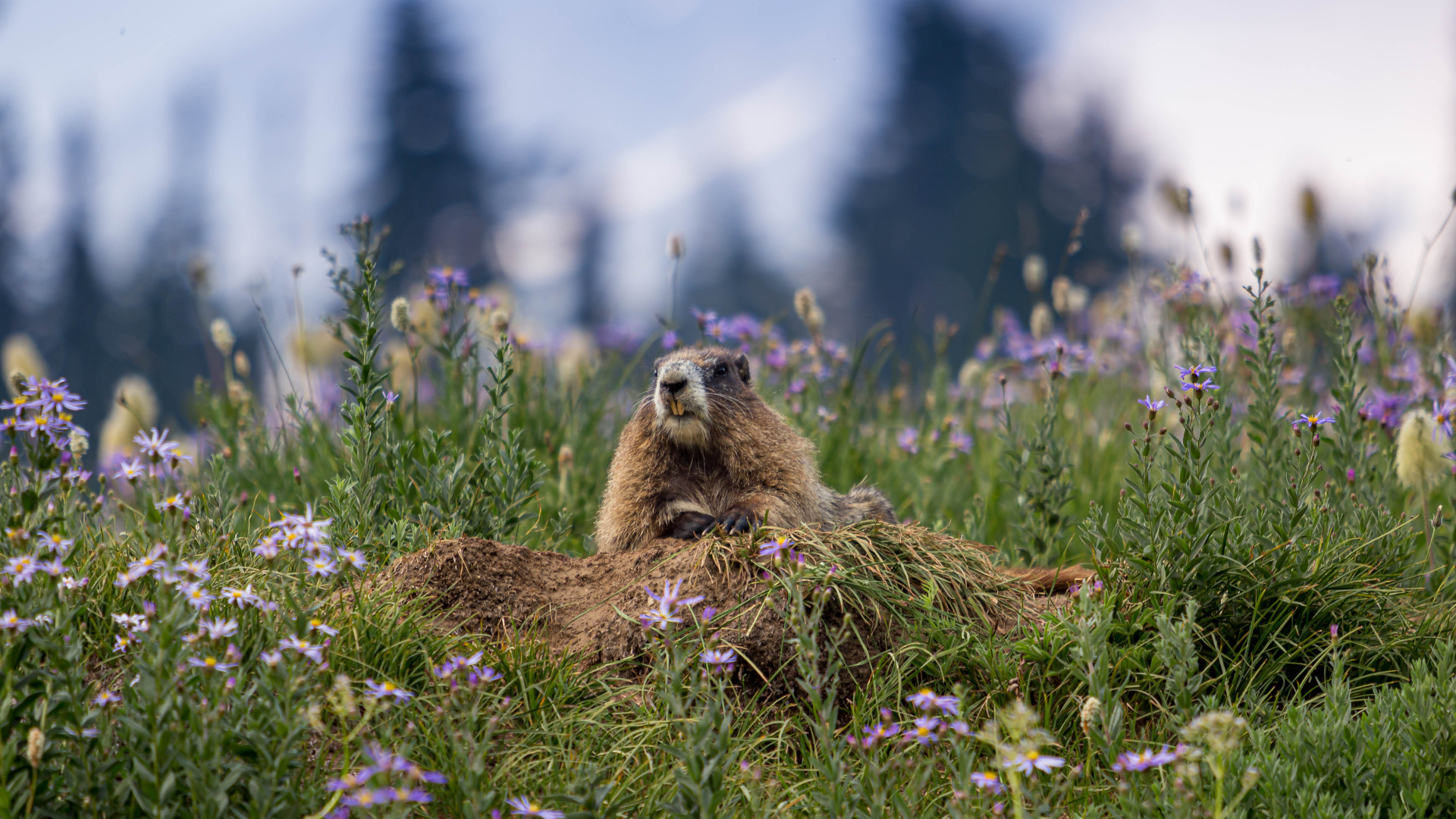
On a cuddlier note, if you’re venturing into higher elevations come the spring, keep your ears open for that piercing call of the yellow-bellied marmot. These harmless furry creatures spend around eight months of the year in underground burrows in a state of torpor, and since their natural habitat is snow-covered for most of that time, we wouldn’t get to see them anyway. But come spring they emerge and once the trails are clear enough for you to get a little higher in places like Rocky Mountain National Park, you’ll find them chirping away while they graze on alpine vegetation.
4. Fireflies
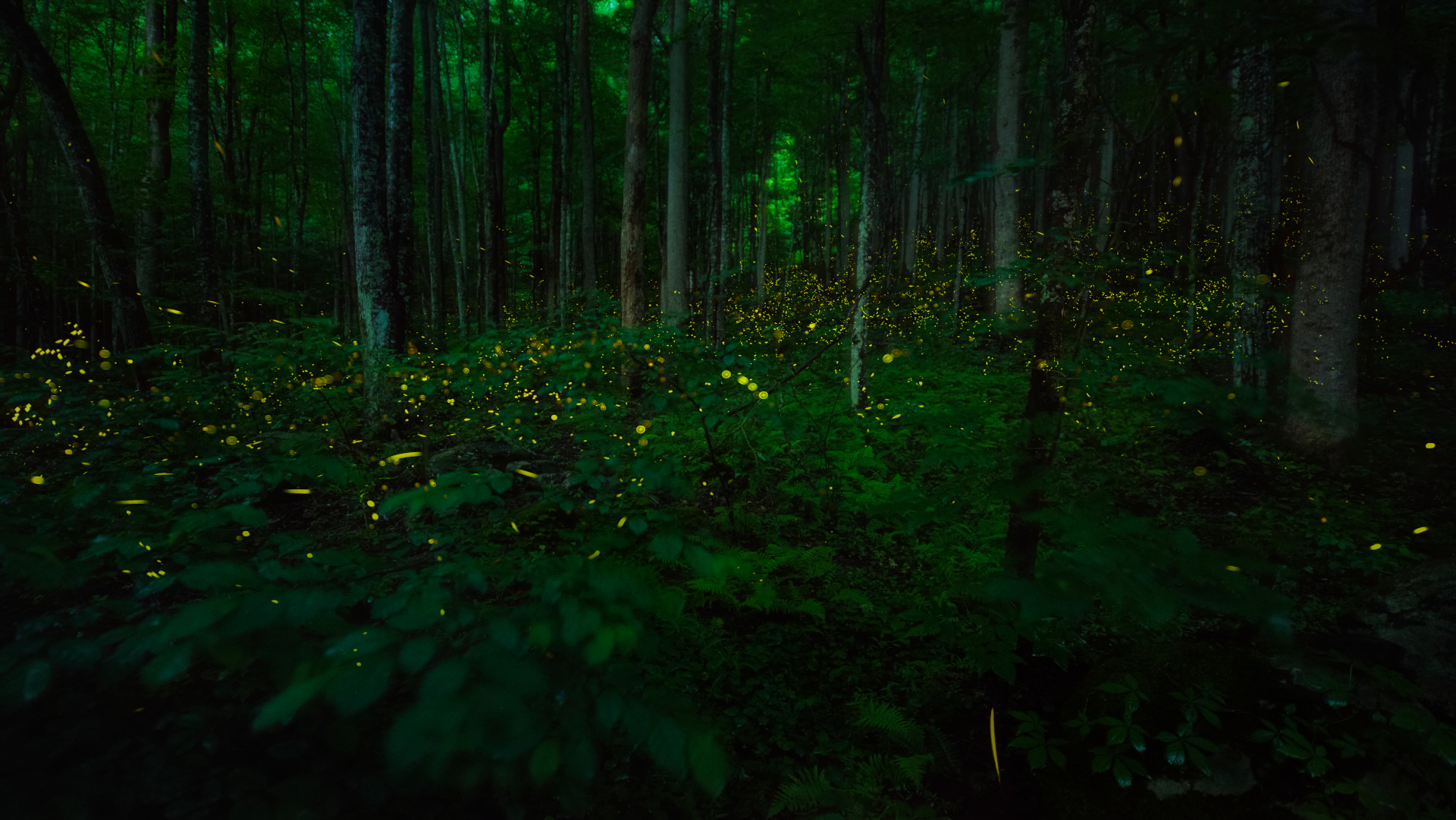
Fireflies live in many parts of the US, but around Great Smoky Mountains National Park is considered one of the best places to see them. Here you can find 19 different species of fireflies, including Synchornous Fireflies which synchronize their flashing lights. Fireflies use their bioluminescence as part of their mating display in the late spring after spending up to two years in the larval stage of life.
All the latest inspiration, tips and guides to help you plan your next Advnture!
Viewing fireflies in the wild is a truly magical experience but will entail some night walking, so wear your headlamp and adjust it to the red light mode to help with your visibility, and to avoid disturbing the fireflies. And whatever you do, please don’t try to capture the fireflies in a jar.
5. Seals
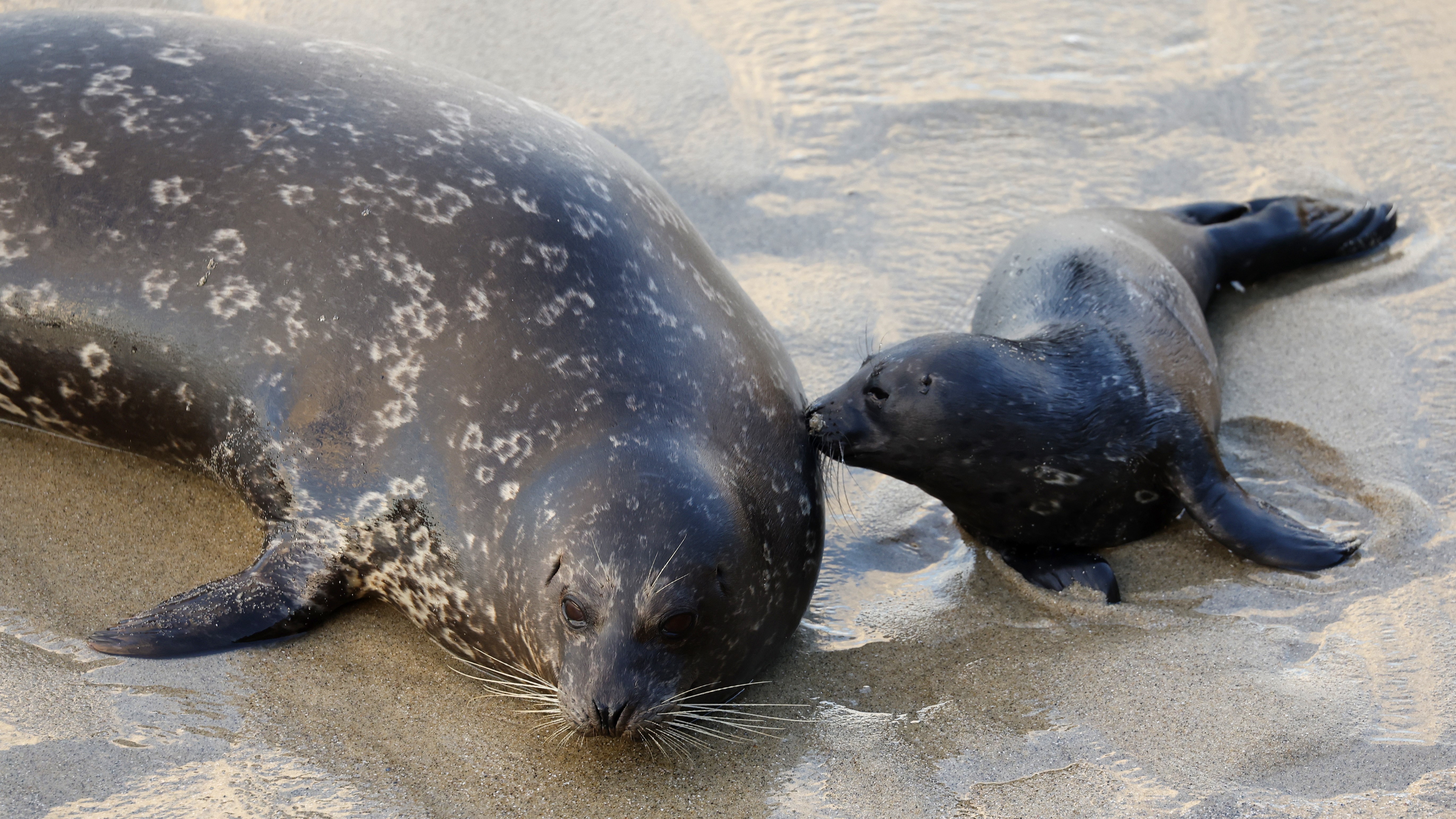
If you’re heading to either coast, spring is the best time to view seals, which will be drawn to the water's edge in search of warmer temperatures and more food. During the early spring, they are both shedding their old coats to grow new skin and hair as well as birthing their pups. Bring your water shoes and enjoy a paddle or wild swim while you’re there.
6. Birds
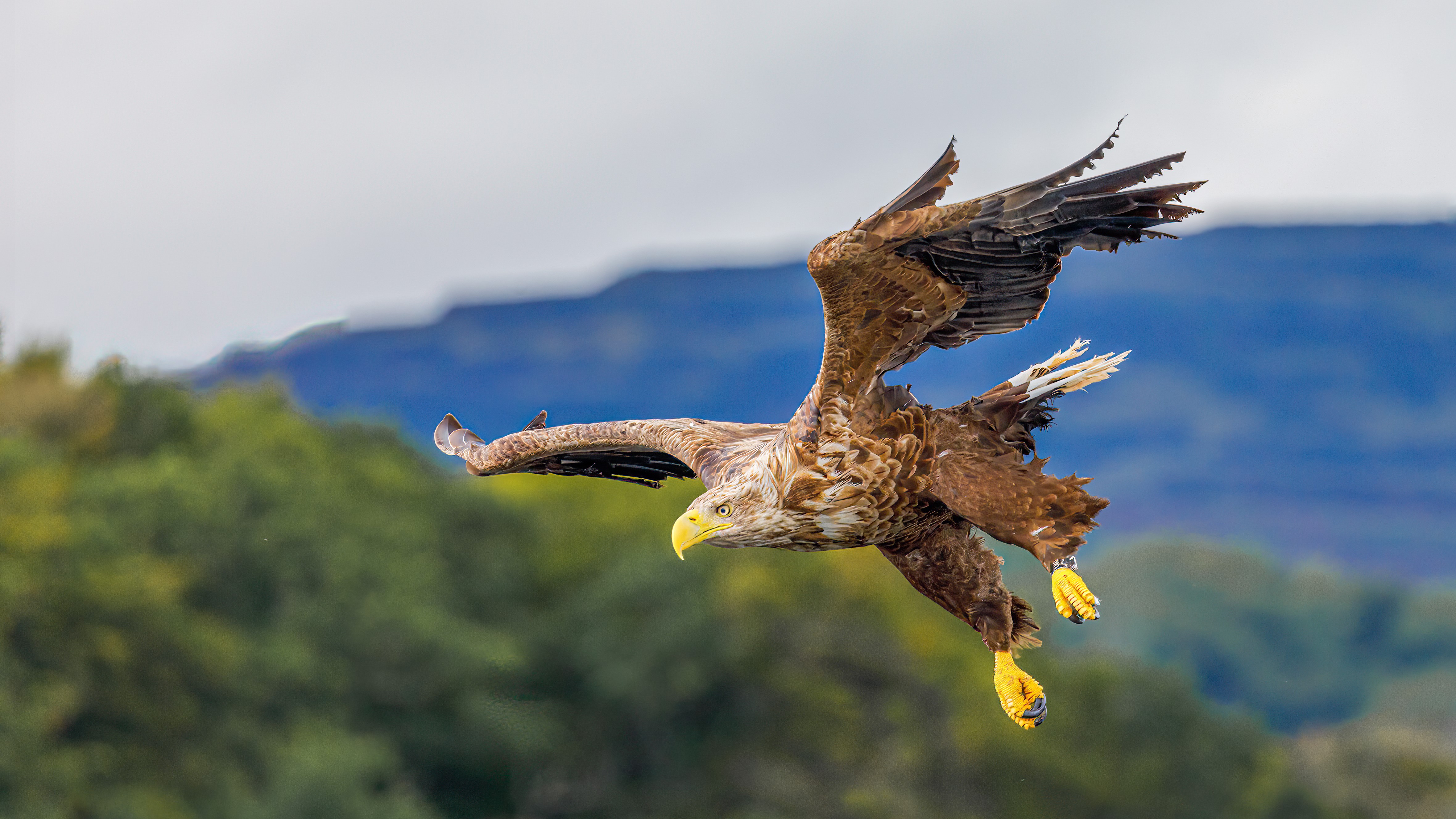
Needless to say, spring is a delight for bird watchers, as many species of birds return from Central and South America. The US has over a thousand bird species, and what you’ll see depends on where you go, but the display can be truly dazzling, from warblers and cuckoos on the East Coast, hummingbirds and white pelicans over the Rockies and bald eagles and woodpeckers on the Pacific side. If you’re new to avian appreciation, read our guide on how to bird watch to enjoy them without disturbing them.
7. Moose

Despite the wildlife photography coming out of states like Alaska, Colorado, Idaho and Maine, it’s not very common to see a moose in the wild because they are such shy, elusive creatures. However, spring means that calves are leaving their mothers and seeking new territory, while moose may be more likely to feed in wetland areas in the spring. For your best chances of seeing a moose, head to areas of water like lakes and marshes around dawn and dusk.
8. Mountain goats
The Rocky Mountains’ elusive mountain goats don’t hibernate in the winter, but they tend to inhabit places you won’t be able to get to which is why you won’t often see them (though they can be viewed appearing to swim through deep snow when you’re snowshoeing). Once summer arrives, they’ll move up to higher elevations above treeline, but before then, in the late spring, you may be able to view them lower down while they’re shedding their heavy winter coats and having babies, known as kidding season.
Mountain goats aren’t dangerous, but they will attack if they feel threatened and they have sharp horns, so don’t try to get up close for a selfie. They’re also drawn to the sweat on your backpack, so don’t leave it lying around when you’re taking a break. Give these beautiful creatures a wide berth and enjoy them from afar.
Julia Clarke is a staff writer for Advnture.com and the author of the book Restorative Yoga for Beginners. She loves to explore mountains on foot, bike, skis and belay and then recover on the the yoga mat. Julia graduated with a degree in journalism in 2004 and spent eight years working as a radio presenter in Kansas City, Vermont, Boston and New York City before discovering the joys of the Rocky Mountains. She then detoured west to Colorado and enjoyed 11 years teaching yoga in Vail before returning to her hometown of Glasgow, Scotland in 2020 to focus on family and writing.

